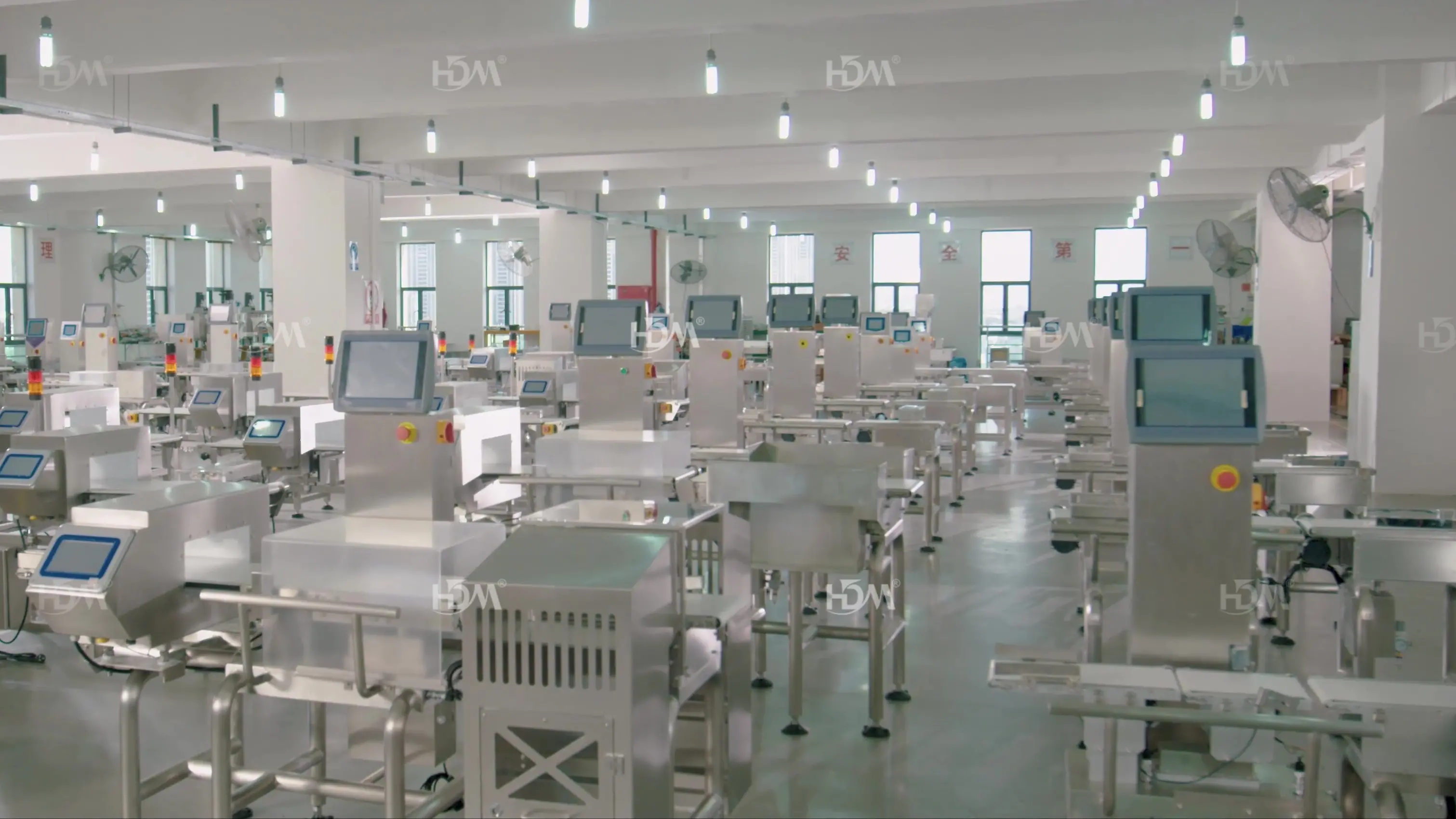2023-10-31
In the realm of food production, a myriad of machines and systems find application. As manufacturing and packaging processes increasingly embrace automation, the complexity of plant technology grows. The end quality of the packaged product is now significantly influenced by the seamless interplay of these intelligent machines and systems throughout production, including the use of checkweighers and metal detectors. This holds as long as the production parameters remain unaltered by personnel during production. Consequently, in fully automated manufacturing processes, it is imperative to continually evaluate product quality, which is where the checkweigher and metal detector comes into play.
Although machines can't directly assess the product's hygienic, taste, physical, or chemical quality, they are instrumental in verifying two vital quality aspects for packaged goods in both wholesale and retail distribution. These are compliance with the prescribed net weight, as per European packaging guidelines, and the screening of finished packaging for potential metal contaminants, such as chips, knife parts, or screws, using the checkweigher and metal detector. Furthermore, the utilization of an X-ray system in the examination of finished packaging can reveal non-metallic impurities.
Ensuring that the net weight stated on the packaging aligns with the specified quantity is crucial for wholesale and retail transactions. Customers often scrutinize these details and may raise concerns with retailers in cases of significant deviations. Given that fully automated packaging processes can introduce technical weight variations during weighing or dosing, there exist long-standing regulations governing packaged goods, complete with provisions for permissible weight deviations. The European Union has currently implemented such regulations. To guarantee that packaged goods hitting the market fall within the legal weight tolerances, manufacturers employ a checkweigher. This apparatus can be seamlessly integrated immediately after the packaging phase, and the checkweigher store's legal deviations, frequently with even more stringent limits for deviations, within its programs. Consequently, all overweight and underweight packages are promptly sorted out and prevented from entering the market. Calibrated and non-calibrated checkweighers are both capable of achieving the same level of precision and maintaining production records, which is often a requirement by wholesale purchasers for the delivered product batch.

Moving on to the domain of Metal Detection for products and finished packaging, it's not just the weight that matters, but also ensuring the absence of metallic contaminants, a responsibility assigned to the metal detector. With the extensive utilization of machinery and technology in the manufacturing and packaging processes, there's a heightened risk of machine parts breaking or detaching and ending up within the product. While a loose screw in a product may pose less danger than a broken knife blade, even a small screw can cause discomfort if encountered unexpectedly and should have no place in the product. Metal detectors, integrated at the end of the packaging phase, after the irrevocable sealing, can detect all metallic elements within the product, down to a size of 0.1 mm, thanks to the metal detector. Metal detection holds particular significance within the meat industry, given the diverse product types – ranging from liquids and moisture to frozen items, each with varying shapes and compositions. Employing different and multiple test frequencies, these detectors ensure precise metal detection across an array of products, safeguarding product quality through the use of a checkweigher and metal detector. When metallic objects are identified within products, they are classified as contaminated items and are automatically directed into designated, sealed containers, accessible exclusively to quality assurance personnel.
What Are the Functions of the Weighpack Machine?
How a Multi Head Packing Machine Revolutionizes Packaging Processes